20+ Ways to Practice Minimalism When Homeschooling
Ways to Practice Minimalism When Homeschooling Using the Montessori Method
1. Use clear glass and/or plastic containers.
In a Montessori classroom containers are used to store materials on trays for children to use.
It can be very easy to purchase all types of containers in every color for every season and holiday.
Clear glass containers can work any time of year.
When using clear containers, the work is the decor and becomes appealing to the child.
When beautiful work is used, the children will be attracted to it.
Containers can be used in all classroom settings, not just Montessori. Choosing clear containers always provides more flexibility of use and saves space.
2. Use natural wood or metal trays.
Simple wooden and metal trays can be used with any unit, season, and or holiday.
When trays can be used again and again, you need less of them.
The beauty comes from the work on the tray, which is then inviting to the child.
In classrooms that are not Montessori, it can be easy to want decor and storage in multiple colors and designs.
Choosing simple and basic decor and storage, provides opportunities for less in the future.
3. Create one tray of each work for children to share and take turns with.
Rotating work means less to store and less materials used.
This principle of taking turns and sharing work can be applied to many forms of learning.
4. Use sheet protectors or laminating paper to ensure paper materials can be used again and again.
In all learning environments, paper materials last so much longer when protected by a plastic surface.
We tend to use laminating paper or sheet protectors.
They can be shared.
Instead of using pencils and pens, consider crayons and markers for white boards.
They work very well with sheet protectors and laminating paper.
5. Only purchase materials your child is ready for and shows an interest in.
Each child is different, developing at a different pace, which means not all children will use every single material, especially in a home school environment.
When homeschooling, only order Montessori items related to subjects and themes your child is interested in and ready to pursue.
This principle can also be applied to non Montessori classroom settings.
If the child isn't showing interest and basic skill sets necessary to use a material, don't purchase it.
6. Use a Montessori Binder if storage and shelfing are not available.
7. Reuse household items as markers and counters in activities.
8. Thrift shop for trays, baskets, containers and other items.
9. Minimize shelving by rotating items more frequently.
10. Use smaller, more compact versions of materials when possible and when available.
Ways to Practice Minimalism When Homeschooling Regarding Documentation & Storage
1. Take pictures of favorite projects and store digitally.
I must confess, I really don't keep much of anything when it comes to school work and art projects, unless they're purposeful.
Instead, I take pictures and store them digitally.
It is super easy to take a picture using a phone these days.
If a child or adult wants to remember a project, take a picture and say goodbye to the actual project itself.
There may be some very special papers and art projects that you don't want to part with.
In those cases, put them on display or store them in a portfolio.
2. Create a portfolio of best work in each subject area.
They use a simple three ring binder and remove work when the binder becomes too full.
Photos of larger work can also be stored in the binder.
I love that this portfolio is a reminder of their greatest learning accomplishments and can be shared with anyone they want to.
3. Rotate out books from local libraries.
One does not need to own books and create a library at home.
Use local libraries and other online resources.
Rotate books out each week or month depending on your needs.
Library books can be used for all ages, which saves you money and space.
4. Set a limit for maximum storage capacity when it comes to learning materials and stick to it.
If storage bins or spaces are at maximum capacity, instead of buying more storage items, I sort through and get rid of items to make room for new ones.
I can't begin to express how much this helps me stay organized.
5. Remember you don't need everything, just the basics will work just fine.
It can be so easy to want everything to enhance the learning experience.
But the truth is more stuff means more overwhelm during the learning process.
When I'm in a mood to buy learning materials, I always find the same set of rules.
If I can't figure out how to use an item in a way that benefits my children, I won't buy it.
If I can think of how to use the item I move onto my next rule.
Where am I going to store the item when not in use?
If I can't think of a place to store the item, I don't buy it.
If I can think of a place to store it, I move on to my third rule.
Next I ask myself if I can use the item more than once.
If I can't use it more than once, I don't buy it.
Items that pass all three screening rules or questions, I choose to buy.
If the item is an online purchase, I wait until the next day to make the purchase, to see if I feel the same way about it.
Ways to Practice Minimalism When Homeschooling Regarding School Work
1. Only create art that is purposeful.
Arts and crafts can create a lot of extra stuff lying around.
In our home, I try to only choose art and craft projects that are purposeful and can be used.
If the final product isn't going to be used in some way, I don't choose the activity.
Sunshine loves to decorate her room.
Valentine's Day Crafts for Kids
So many of her arts and crafts projects are ways she chooses to do so that are FREE.
She also loves to accessorize.
Other arts and crafts projects are related to making more accessories for her to wear and enjoy.
At times she may see an arts and crafts project that she wants to use as a toy or an object in imaginary play.
In those situations I follow her lead, to ensure the final product will be used.



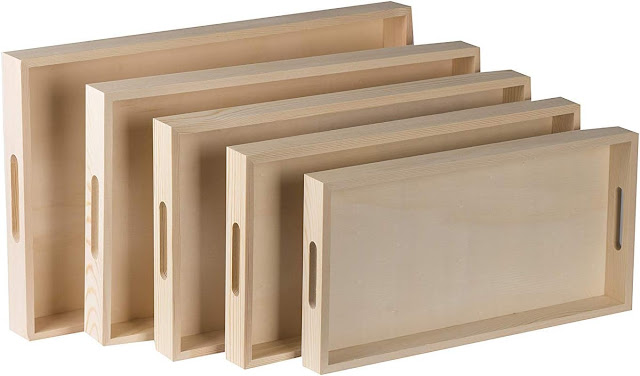

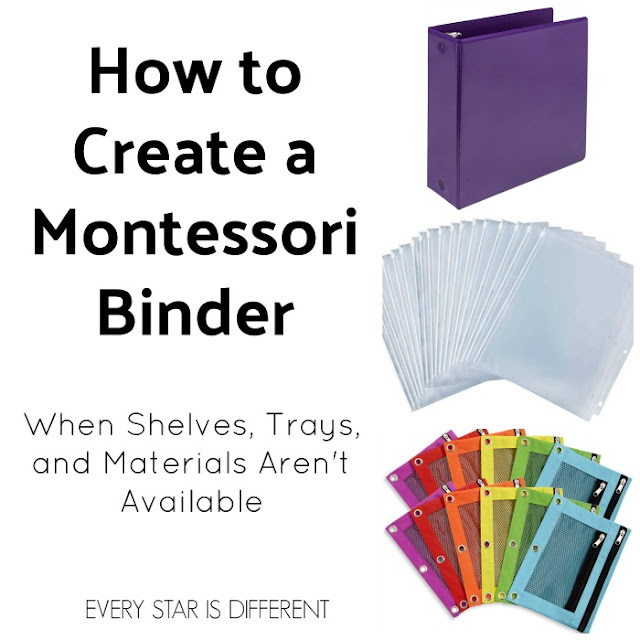




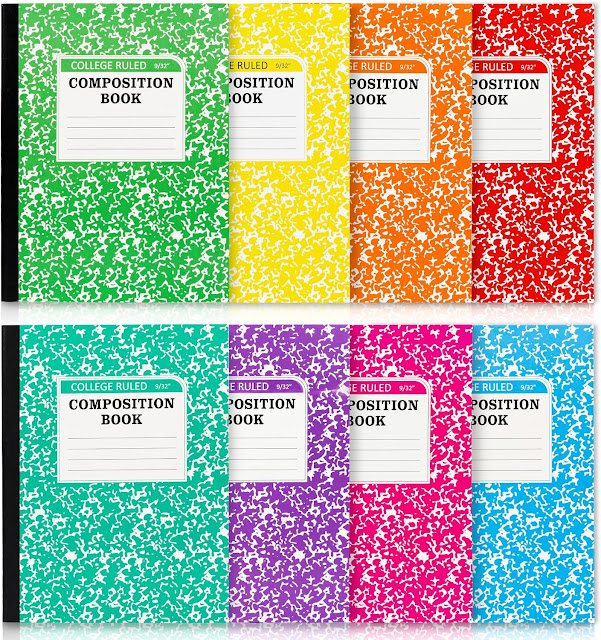
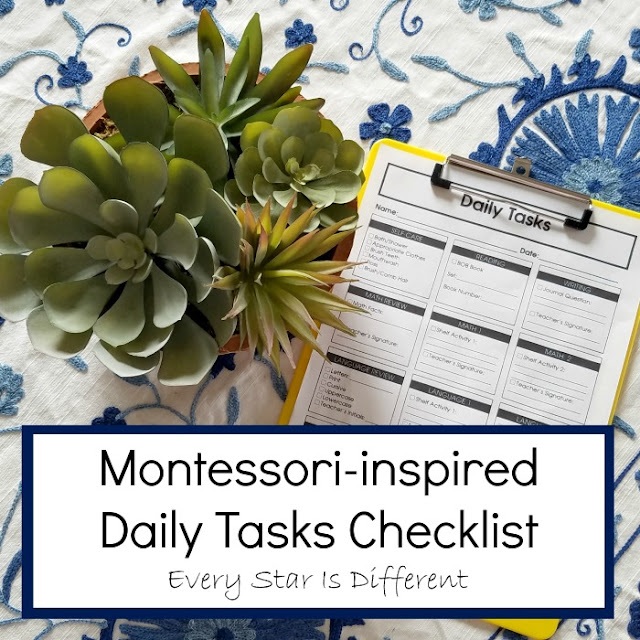
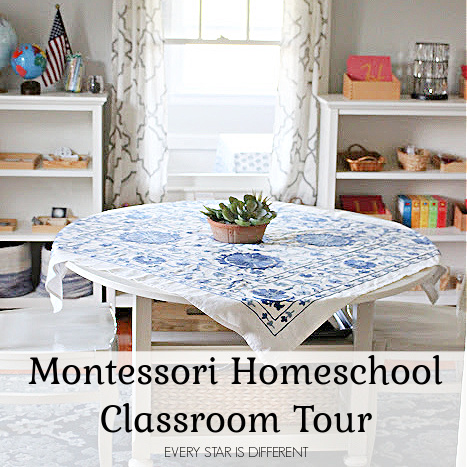






.jpg)
No comments:
Post a Comment